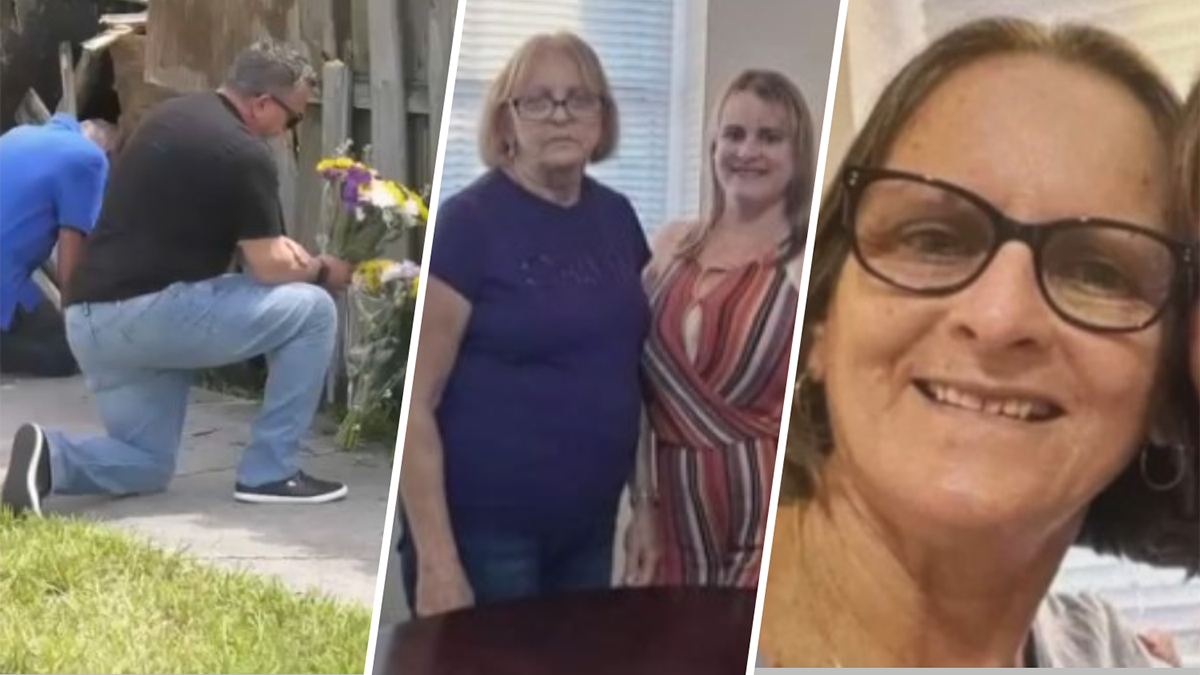They were once called Miami's "first five."
In 1944, five men broke barriers when they were sworn in as the first Black patrolmen with the Miami Police Department, paving the way for African Americans in law enforcement.
There's now a museum in the heart of Overtown that documents their story. On the corner of Northwest 11th street in Miami sits the historic Black Precinct and Courthouse Museum.
It’s home to decades of memorabilia and is filled with displays and collectibles, detailing the struggles and accomplishments of Miami’s first Black officers.
Get South Florida local news, weather forecasts and entertainment stories to your inbox. Sign up for NBC South Florida newsletters.
The officers were forced to operate out of a dentist's office until the Black police precinct and courthouse was created in 1950, providing a separate and segregated headquarters.
“My hope is that when you choose to visit us, you choose to share the information you’ve received,” said museum director Terrance Cribbs-Lorrant. “Because we are groundbreaking.”
Cribbs-Lorrant said because of Miami’s growing population during the Jim Crow era, there weren’t enough white officers to patrol the streets, specifically the areas known today as Liberty City and Overtown.
Local
“There was a fear of going into these Black communities, it was said by implementing Blacks, you have an opportunity at controlling the space,” he said.
On September 1, 1944, Clyde Lee, Moody Hall, Edward Kimball, John Milledge and Ralph White broke barriers when they were sworn in secretly.
“They weren’t bitter, they were grateful for their life journey, but they certainly talked about how hard it was being Black, especially at a place that didn’t accept you because of the color of your skin,” Cribbs-Lorrant said.
There was no job security or benefits. Segregation was so intense, these five men weren’t allowed to be called officers or arrest white people even if a crime was happening right in front of them. The patrolmen also rode bicycles instead of driving cars and couldn’t wear their uniforms to court or go inside the main police station.
One year later, the number of Black patrolmen grew to 15, expanding patrols to the Coconut Grove area. Their pioneering efforts paved the way for African Americans in law enforcement across South Florida - including current FIU Police Captain Delrish Moss, who previously worked as the public information officer for Miami.
“I’m nothing but grateful for everything they’ve endured because no matter what we went through, they went through so much more,” Moss said. “And the fact that they came out of it in good spirits, with their heads held high, that’s a lot. Those are big shoulders to stand on. I use every day of my career to live up to what they would have expected of me.”
The Black police precinct and courthouse were set to be demolished and turned into a parking lot many years ago. Retired officers fought tooth and nail to keep it open, making it a home for precious collectibles and a place where the community can learn about their rich history.
Sadly, Milledge was the first Black officer to be killed in the line of duty on November 1, 1946, while standing outside Dorsey Park. Other members went on to see the evolution of the department, which integrated in 1963.
The museum is also home to a courthouse where Black judges presided. This summer, there will be a special competition in their honor for students interested in law. For more information on the museum, click on this link.
.



